This is the Apollo 10 crew getting ready to leave behind Snoopy, the Lunar Module. This was an important step before the crew could return to Earth, but it didn’t quite go as planned. As the explosive bolts released, it blew a hole in the Lunar Module’s hatch. This caused all of the air to rush out, making Snoopy shoot off much faster than expected. In the blink of an eye, the crew lost track of the now abandoned spacecraft as it went into the Sun’s glare.
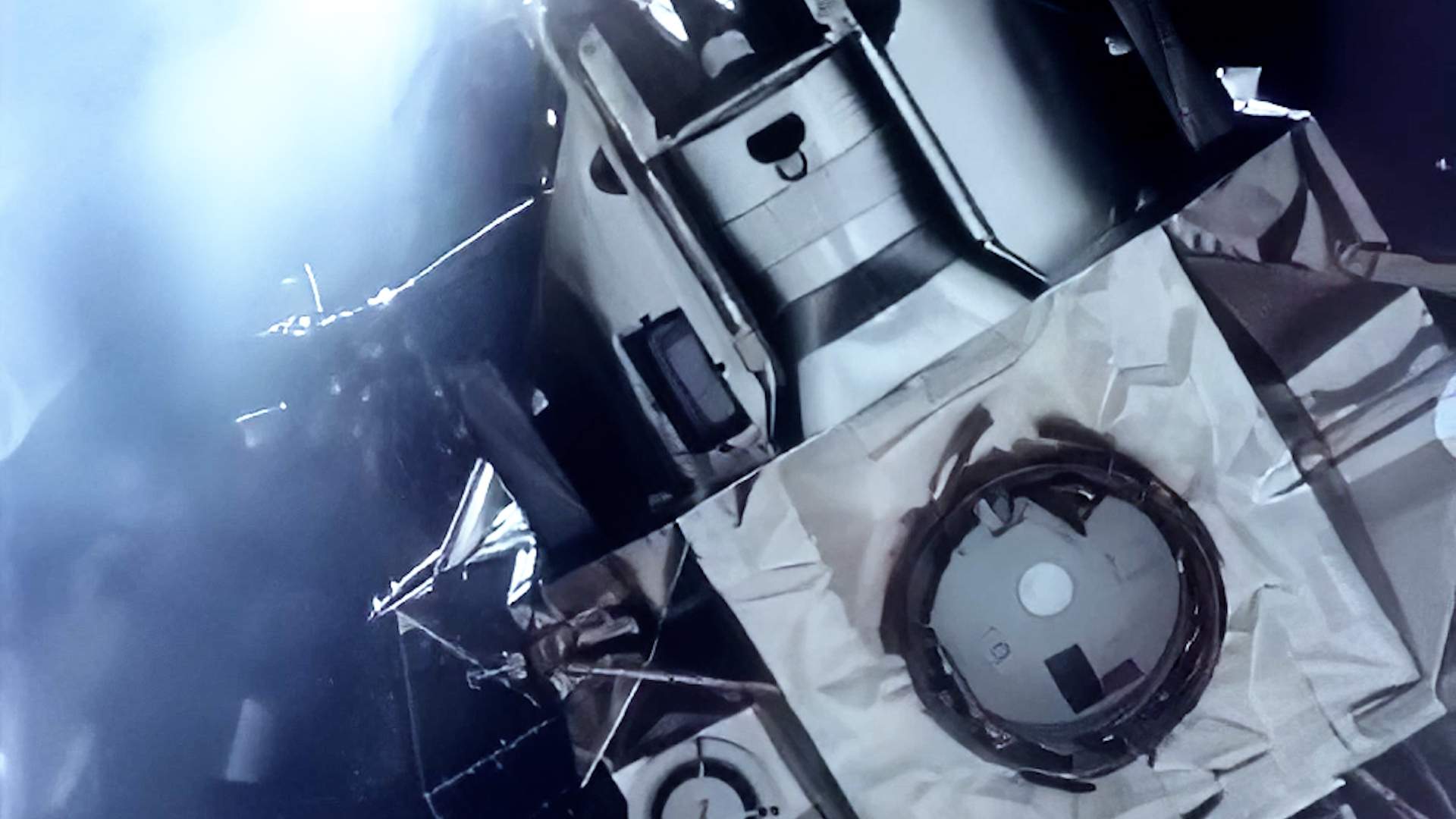
This was the last time the Lunar Module was ever captured on camera. A few hours later, NASA lost track of the spacecraft and its location remained completely unknown for decades. But in 2018, astronomers discovered an object flying by Earth that might just be this lost Lunar Module from 1969. But where had it been this entire time?
The Apollo 10 mission
Over the course of the Apollo missions a total of 10 Lunar Modules were flown in space. Two were used for testing around Earth and eventually burned up in the atmosphere. On the famous Apollo 13 mission, one served as a lifeboat for the crew before also burning up in Earth’s atmosphere. The rest were purposefully crashed into the Moon after successfully completing their mission. But Apollo 10 was a bit different.
Designed as a rehearsal for the upcoming Apollo 11 mission, Apollo 10 did everything apart from actually landing on the Moon. Once in Lunar orbit, astronauts Thomas Stafford and Eugene Cernan descended to just 15km above the Lunar Surface. NASA purposefully under fueled Snoopy so that the astronauts weren’t tempted to land it and be the first ones on the Moon.
After testing out Snoopy’s systems, the bottom half of the Lunar Module was ditched and eventually crashed into the Moon. Now with just the top half, the astronauts returned to the Command Module and prepared to leave Snoopy behind.
But after releasing Snoopy, it disappeared behind the Sun’s glare and the astronauts lost track of where it went. Because it was following the same path as the crew, NASA was worried that its orbit might come back and collide with the Command Module. However, since Snoopy didn’t actually land on the Moon, it still had a lot of fuel left over.
And so, instead of letting it crash into the Moon, NASA decided to fire its engine and send it on a trajectory far away from the astronauts. Snoopy continued burning until it ran out of fuel a few minutes later. Despite losing track of it initially, the astronauts onboard the Command Module actually saw Snoopy performing its burn. This was the last time Snoopy was ever seen by humans.
Many decades went by and astronomers started to look for the abandoned spacecraft. But in order to find Snoopy after 50 years in space, they needed to know exactly where it went after leaving the Moon.
Where Snoopy went after the Moon
To understand where Snoopy went after its burn, we need to look at how the Earth and Moon were positioned. The Earth orbits the Sun counterclockwise at around 30km/s. The Moon orbits the Earth counterclockwise at around 1km/s. And so, relative to the Sun, the Moon also moves at roughly 30km/s. The Apollo 10 crew were orbiting the Moon clockwise, so in the opposite direction to the Moon’s orbit around Earth.
When Snoopy did its final burn, the Moon was around here on the Earth’s trailing side. This burn added an extra 1km/s to its Moon velocity, allowing it to escape the Moon’s gravity. But because this velocity was in the opposite direction to its motion around the Sun, Snoopy’s speed relative to the Sun was now slower than that of Earth. This burn effectively slammed on the breaks while the Earth and Moon carried on as normal.
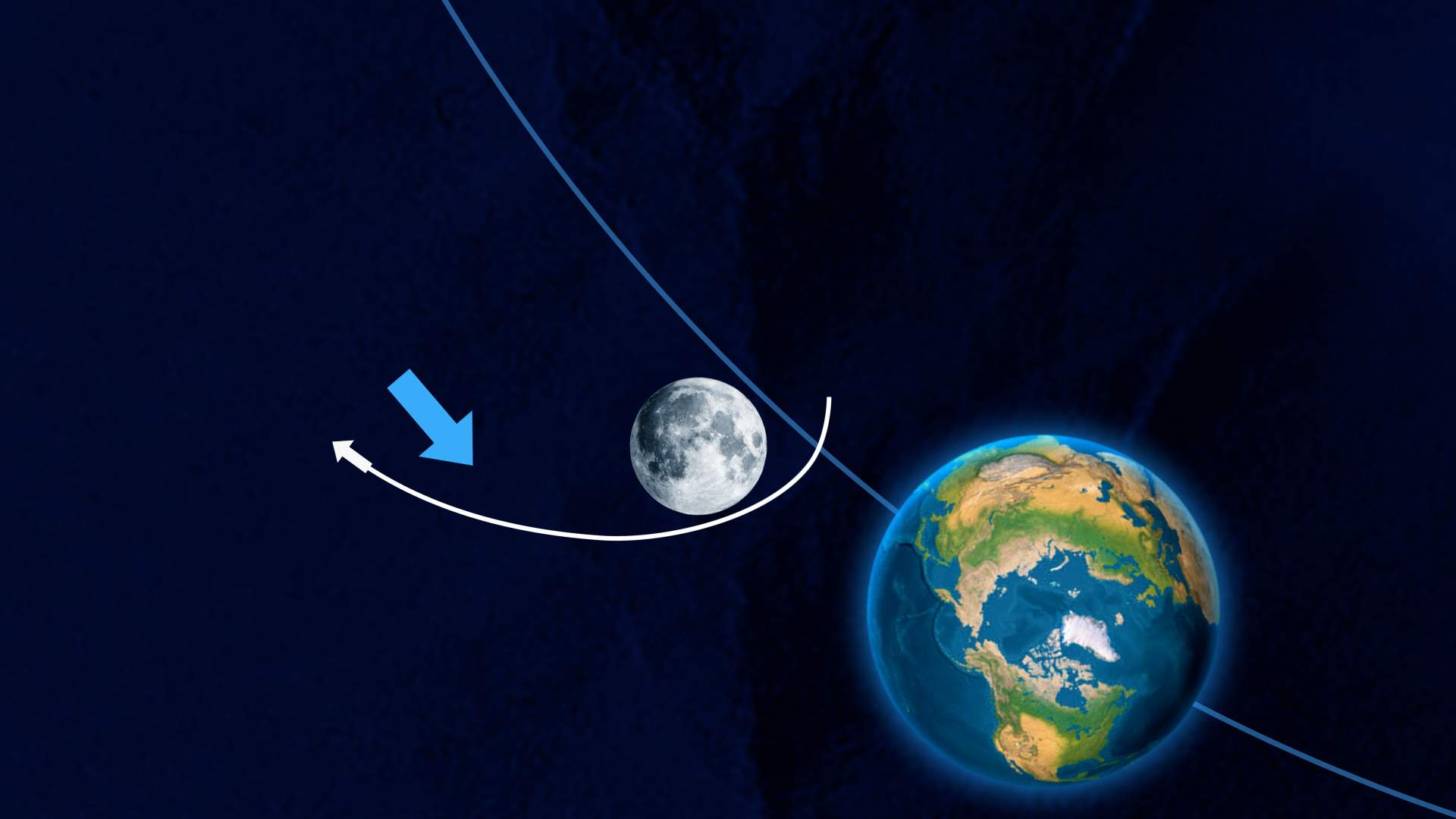
This meant Snoopy now had a little bit less velocity to fight against the Sun’s gravity – and so its orbit got pulled in. Now traveling mostly on the inside of Earth’s orbit, Snoopy was completing its lap around the Sun quicker than Earth, once every 342 days.
This meant it started to race ahead of the Earth and slowly pull away. Apollo 10’s Snoopy continued racing around the Sun for another 15 years before it finally made a close flyby of Earth. When this happened, Earth’s gravity pulled on the spacecraft, changing its orbit ever so slightly.
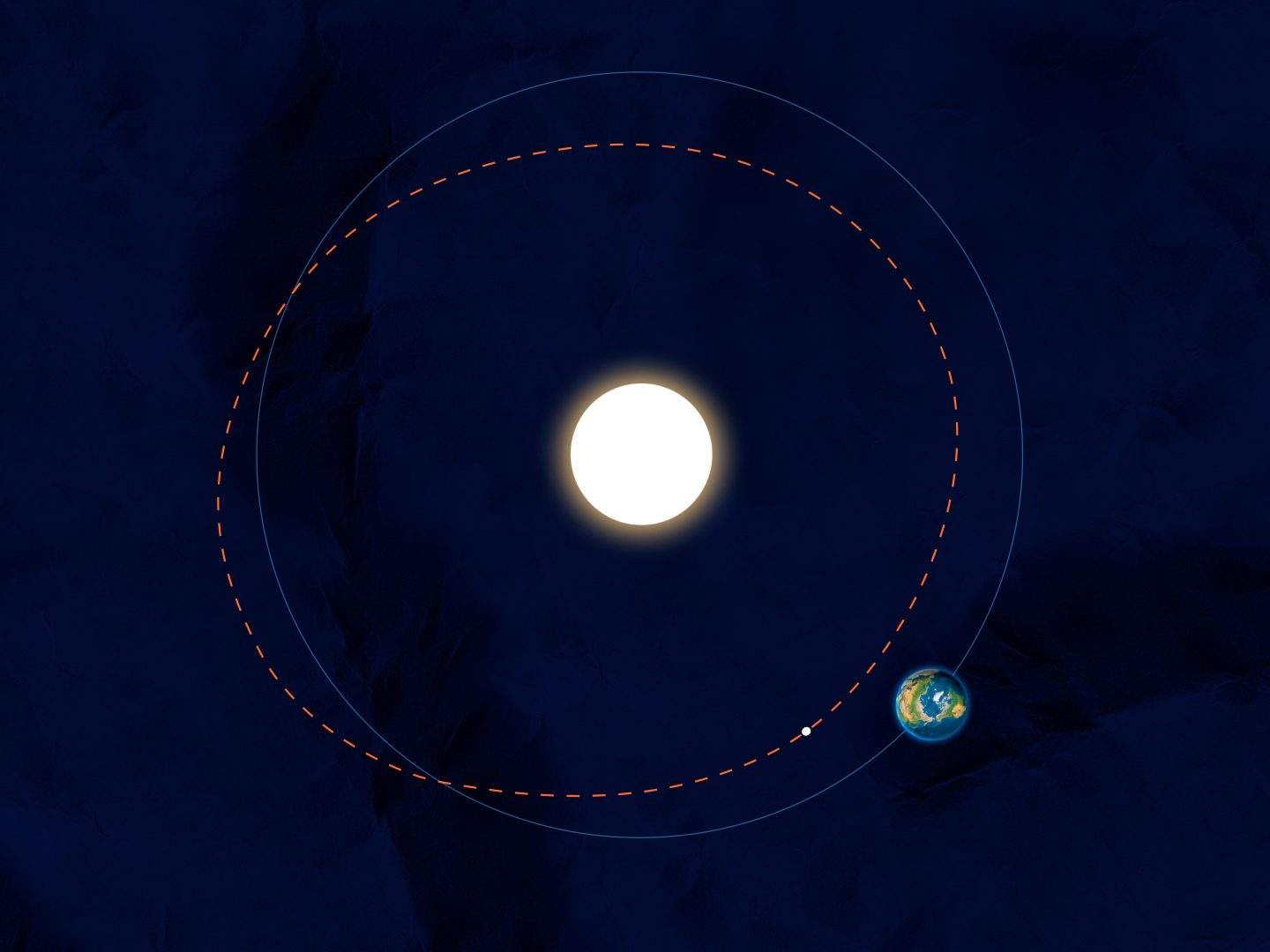
We know where Snoopy went after it left the Moon. The problem is, all of this is based on just a few days worth of data after Snoopy separated – and every future encounter with Earth would have changed its trajectory, adding much more uncertainty to its location. But knowing these uncertainties allowed astronomers to limit their search to a specific part of the sky. But this was no easy task, since astronomers would have to search for a 4 meter wide object in an absolutely massive area of space.
Searching for Apollo 10’s Lunar Module
Nonetheless, finding Snoopy became the holy grail for astronomers and it was only a matter of time before they found something special. According to the predictions, Snoopy would have made several close encounters with Earth, with the most recent one being in 2018. That is when astronomers discovered this very faint object flying through our night sky. Initially thought to just be an asteroid, astronomers became suspicious after analyzing it a bit further.
Asteroids typically have a more oval-shaped orbit, on a plane that’s tilted compared to Earth. Initial calculations of this object showed that it had a more circular orbit around the Sun. On further inspection, the orbital plane of this object wasn’t tilted, but in fact perfectly matched the orbital plane of Earth. This meant it was more likely to be something that originated from Earth.
The object was also moving at a very similar speed to Earth, whereas an asteroid would usually have a much greater speed. Another important giveaway was the object’s brightness. Astronomers had calculated what an object with Snoopy’s shape, size and material would look like at various distances – and the light from this object seemed to match that.
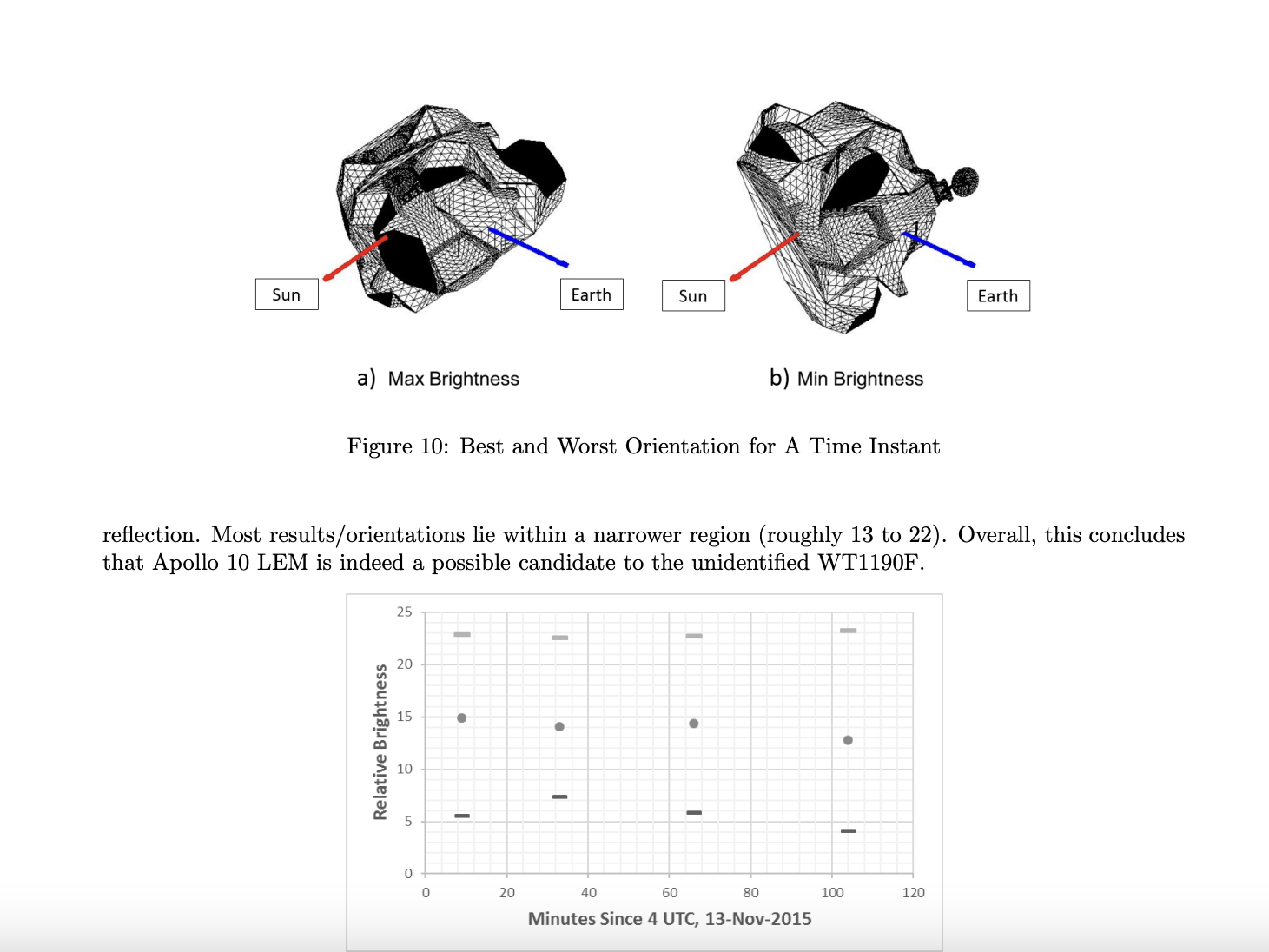
Amazingly, astronomers discovered this object when it was 55 million kilometers away from us – but this meant it was too faint to really analyze. In the past, NASA was able to identify a long lost Centaur upper stage from the 60’s using spectroscopy observations. This works by measuring the light from an object at different wavelengths and determining what material it’s made from. Different materials will absorb and reflect light at different wavelengths. By comparing these spectroscopy graphs with materials here on Earth, we can identify what material the object must be made of.
This object is too far and dim for us to perform measurements like this – and we will have to wait until 2028 for it to make another flyby of Earth. Only then will we be able to do spectroscopy observations and confirm what it’s made of, the final clue in determining if it really is Snoopy. Snoopy is the only spacecraft once occupied by humans to still be traveling through space.
Despite going off on a crazy journey 54 years ago, the laws of physics mean that it will continue to call home every now and then. Perhaps in the future, we will have the ability to retrieve the abandoned spacecraft and finally bring it back to Earth, where its crazy journey all began.
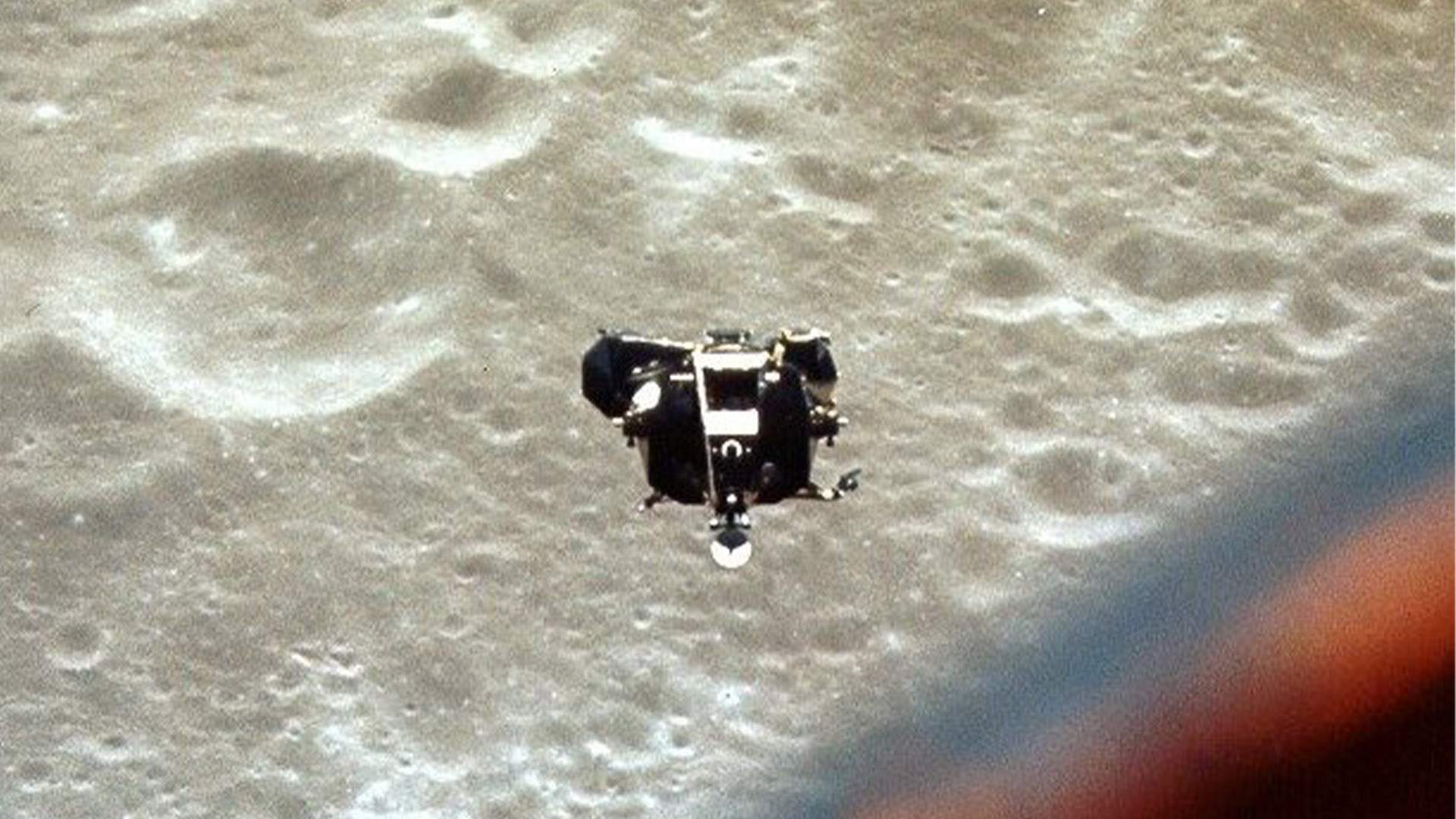
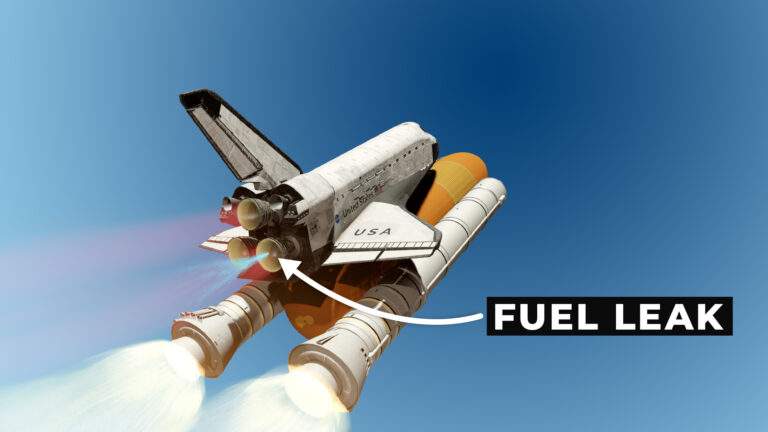
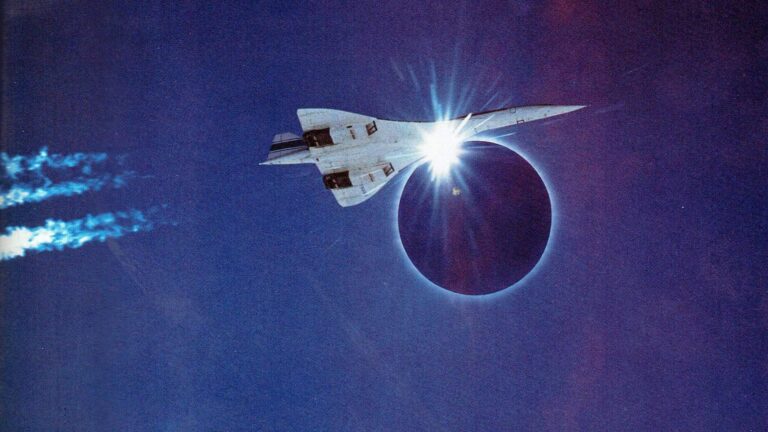

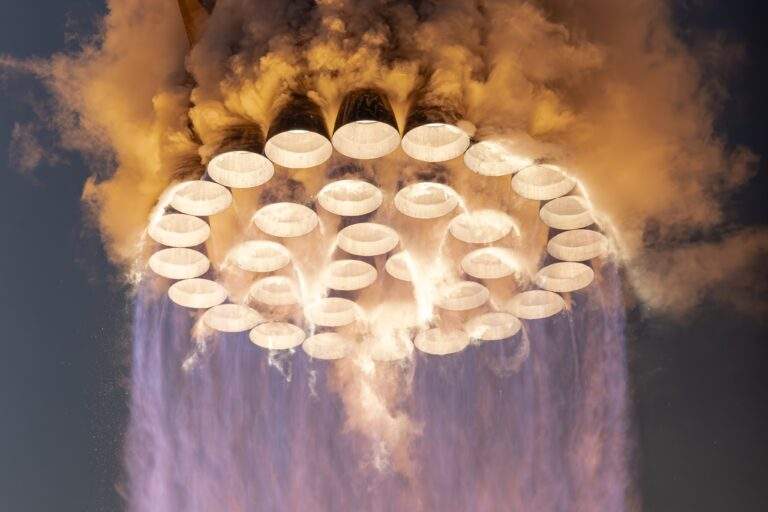








I was 10 in ’69 & remember both Snoopy wandering off as well as the Moon landing. Huge news at the time & very welcome positive stuff with Vietnam always the main topic. Finally we could be proud of something for awhile.
i believe that it will in prestine shape
I think it will be in good condition, with little wear or damage visible.